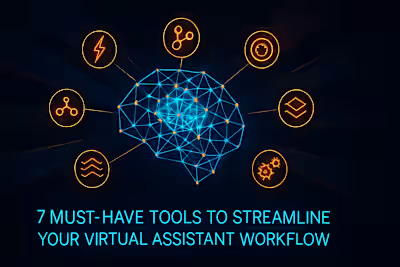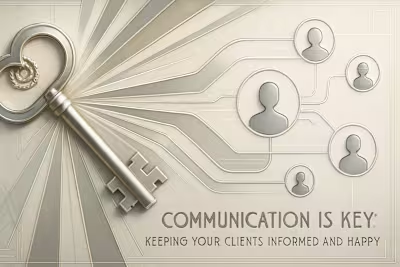Setting Boundaries: How to Avoid Burnout in a 24/7 VA World

Setting Boundaries: How to Avoid Burnout in a 24/7 VA World
The High Cost of No Boundaries: Recognizing Burnout
Signs of Virtual Assistant Burnout
Why VAs Are Particularly Susceptible
Defining Your Operational Boundaries
Set and Communicate Your Working Hours
Establish Communication Response Times
Managing Scope Creep and Client Expectations
The Power of a Detailed Service Agreement
How to Politely Say 'No' or 'Not Now'
Protecting Your Personal Time and Well-being
Schedule and Take Real Breaks
Create a 'Shutdown' Ritual
Plan and Announce Your Time Off
Conclusion
References
Setting Boundaries: How to Avoid Burnout in a 24/7 VA World
The High Cost of No Boundaries: Recognizing Burnout
Signs of Virtual Assistant Burnout
Why VAs Are Particularly Susceptible
Defining Your Operational Boundaries
Set and Communicate Your Working Hours
Establish Communication Response Times
Managing Scope Creep and Client Expectations
The Power of a Detailed Service Agreement
How to Politely Say 'No' or 'Not Now'
Protecting Your Personal Time and Well-being
Schedule and Take Real Breaks
Create a 'Shutdown' Ritual
Plan and Announce Your Time Off
Conclusion
References
Posted Jun 30, 2025
Feeling overworked? Learn how to set healthy boundaries as a virtual assistant to prevent burnout, manage client expectations, and build a sustainable, thriving career.









